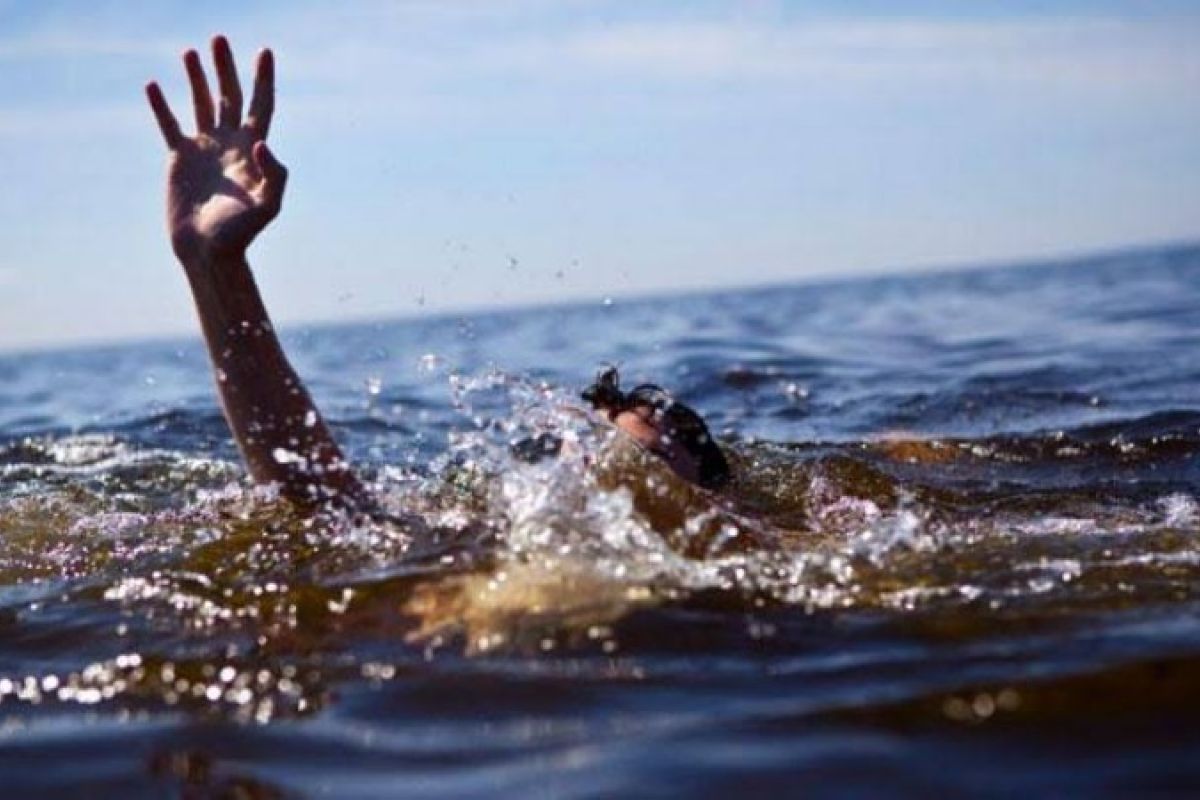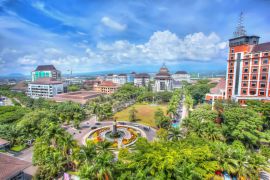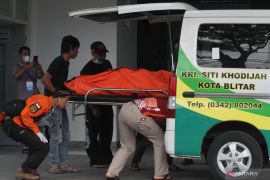There are two scenarios that could explain the incident, chief expert researcher of BRIN's Practical Oceanography, Coastal Management, and Climate and Atmospheric Research Center, Widodo Setiyo Pranowo, informed.
"There are two scenarios which allegedly caused the students to be dragged by waves or sea currents," he said here on Tuesday.
According to data on sea surface elevation provided by the Geospatial Information Agency (BIG) in Sendang Biru Beach, from 7 a.m. to 9 a.m. local time, the sea tide is low, he noted.
That means the sea currents driven by sea surface gradient move away from the shore, and by 8 a.m. local time, the waves are at their strongest in the low tide state, he said.
At 8 a.m. local time on July 8, sea waves reaching heights of 2.3 to 2.5 meters were recorded across South Malang shores, he added.
That is the time when two foreign students, who were surfing, may have been suddenly dragged by currents. The three local students rushed in to rescue them, however, they have also been dragged away by the current.
Two students survived the incident and three others are still missing. M. Ruspandi was found at 5.30 p.m. local time on July 8, while the Spanish student, Ana Brieva Ramirez, was found at 10.45 a.m. local time on July 9 at Bantol Beach, Malang, 8 kilometers away from Jembatan Panjang Beach.
The first scenario is that the students may have run into the 2.3–2.5 m waves while surfing 450 meters away from the shore, since, at such distances, there are breaking waves, Pranowo said.
He explained that in between areas where breaking waves form, there are calmer waters, however, they also indicate a rip current — formed from the remaining energy from the breaking waves — which moves offshore.
If the currents from the lowering tides and the rip currents make contact, they can result in a rapid current, and this could have dragged the students quickly offshore, Pranowo added.
The expert said that if the drag of the current was 2 meters per second, then in just 10 minutes, the students could have been carried 1 kilometer away.
The second scenario is that the rate of the currents' pull grew less strong, and the students were pushed by the winds from southeast to northwest, he informed.
This perhaps led to one student washing up on Bantol Beach, which is 8 kilometers away, west of Malang's Jembatan Panjang Beach, he added.
Related news: Papua: Beachgoers asked to watch out for high waves
Related news: BMKG projects moderate-to-heavy-intensity rains at dry season onset
Translator: Astrid Faidlatul H, Mecca Yumna
Editor: Sri Haryati
Copyright © ANTARA 2023












